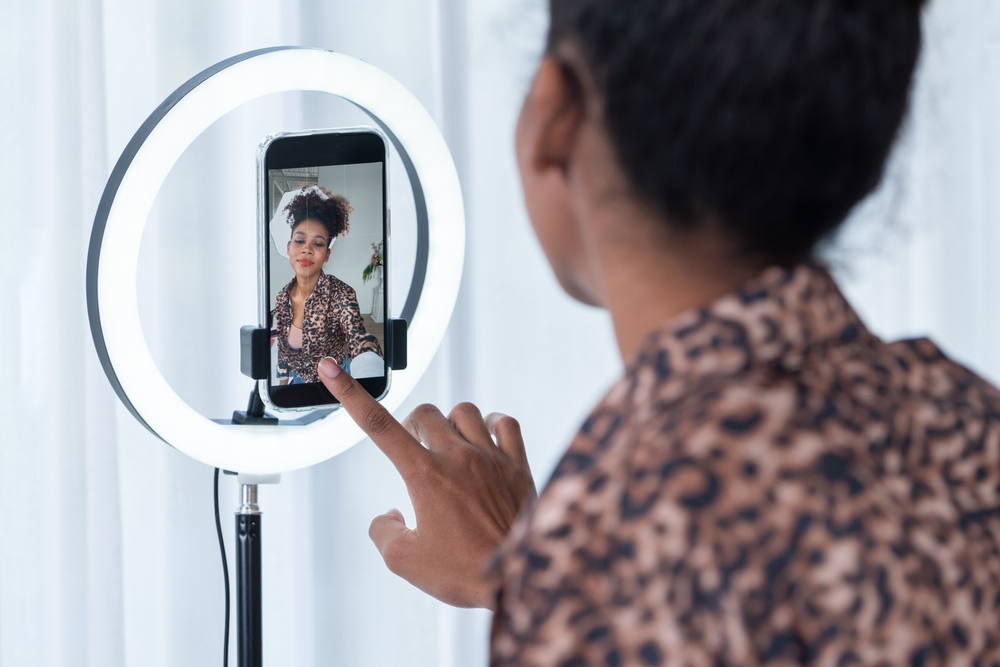Using Brand Lift Studies to Measure Impact of Your Influencer Marketing Campaigns

Influencer marketing is expected to reach a market size of $24 billion by the end of 2024, according to Statista. And it occupies a larger space in the marketing toolbox than ever before, with nearly 60% of practitioners in a recent study saying they intend to increase their influencer budget over the next 12 months. Its tremendous adoption can be attributed in large part to its ability to help brands and agencies reach new audiences, raise awareness, build connections and drive sales.
But for marketing leaders, there is still one question tugging back on the investment reins: How do you know it’s actually working?
The ROI Dilemma
Unfortunately, the marketer’s utopia where all influencer campaigns revolve around links and promo codes that lead to one-step trackable sales does not exist. The goals of influencer marketing are nuanced and wide-ranging. Some aim to increase familiarity and spark brand love, while others may hope to shift perceptions or solidify a place for their product in the consideration set. Reach, impressions, shares, engagement rate and earned media value are there (as they’ve been for decades). These metrics are notoriously easy to come by, but famously fall short in helping marketing leaders understand exactly what moved the needle and why.
Brand Lift Campaigns to Measure Specific Goals
The good news is there are better paths to insight and proof of performance, particularly for those initiatives designed to impact how consumers, think, feel and intend to act. Brand lift studies—market research exercises that elucidate the lift a campaign achieved against specific goals—have been around in the digital space for some time. However, with innovations in the research arena, they have experienced a rebirth because the studies are ideally suited to answer the influencer impact question that has eluded marketers.
What is Brand Lift?
Brand lift studies are market research exercises that involve gathering survey feedback from two groups—an exposed group and a control group. In the case of influencer marketing, the exposed group consists of individuals who have seen the content, whether it be a reel, TikTok, YouTube short, LinkedIn post or another type of creative.
Beyond being exposed to the content either naturally or through a custom-created digital feed, members of the exposed group can often be followers of the influencers, an exact paid audience in the case of amplification or a carbon copy of potential viewers on TikTok’s For You Page. The control group is always a look-a-like audience to the exposed group—as similar as possible to the exposed audience in terms of demographics, certain attitudes, awareness levels, category usage and other attributes.
Once both groups are recruited, they participate in the same exact online survey. These surveys typically range from 3-15 questions and are designed based on the objectives of the influencer program. The results, usually expressed as percentage lift, are derived by looking at the differences in the survey answers between the two groups.
Since the only meaningful difference between the groups is exposure to the influencer content, any lift from control to exposed can be attributed to the influencer program. For example, if according to the survey results 25% of the control group is likely to purchase the ACME product in the next 30 days and 40% of the exposed group is likely to do the same, then the campaign generated a 15-point increase in net purchase intent.
What Can Brand Lift Tell Marketers?
Brand lift studies can illuminate influencer marketing’s impact up and down the funnel, stopping short of actual conversion. While some platform-supplied studies for paid activations typically deliver two or three insights, custom brand lift studies can provide a wider range of findings. The output often details the campaign’s impact on everything from awareness, to familiarity, to favorability, to brand attributes such as trust and quality, all the way down to consideration set and purchase intent. Brands can also learn if specific messages are resonating and appealing.
These types of studies are attractive to marketing leaders for a number of reasons. First and foremost, the results are clear, simple and goal aligned, so marketers can easily prove performance in a relevant way. Second, influencer brand lift studies can cut across any social channel and encompass both “organic” efforts (influencers post to their followers as part of their agreement) and “paid” efforts (boosting or amplification of those posts).
Finally, these studies can be designed to provide more granular, strategic insights that help marketing leaders understand where and how to apply future investments. For instance, studies can look at the impact of a program separated out by channel, influencer type, creative, content theme and other elements. This gives decision-makers the insights they need to funnel their dollars to the ideal channel, focus on the message that works for their audience and know which type of influencers are the most impactful.
Adam Rossow is a co-founder of digital measurement firm Group RFZ.































